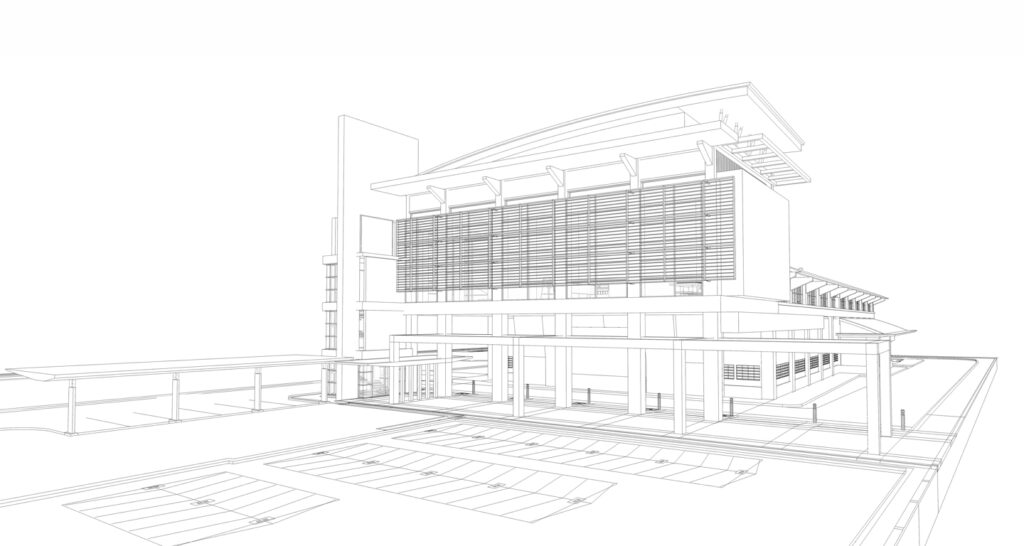How to Write An Architectural Proposal
Before you begin to create your corporate story, it is imperative to determine the action you want your audience to take.

Do you want to know how to write an architectural proposal? Are you aiming to win a big architectural project and don’t know where to start? If this is your dilemma, then this article will help. Remember, a winning proposal focuses on the client’s needs. It would be best if you start by identifying your client’s goals and fully understanding the proposal requirements, followed by writing a well-thought-through proposal. Present your firm’s professionalism and commitment to the client, including the benefits and value your firm and team bring to the project.
The following tips will help create a compelling proposal:
1. Request for Proposal
The first thing you should do once the Request for Proposal (RFP) lands on your desk is to read it carefully. Thoroughly study the client’s challenges and the scope of work for the architectural project. This way, you can organize your thoughts, content and response to address the challenges and specific scope.
If the client provides an opportunity to ask questions, take time to connect with the client to clarify every requirement. This shows your interest in the project and in addressing the client’s needs. Once you understand the client’s pain points for the architectural project, It is easier to present a winning solution.
2. Tailored Solutions
Before writing your proposal, develop a win strategy and articulate it clearly throughout your proposal. An effective win strategy focuses on three core areas – what your client values, what your firm can deliver, and the weaknesses of your competitors.
Avoid just describing your firm’s services or achievements. Instead, try to demonstrate how these can add value to your client’s project. Another angle you can think about is answering the question, “What’s in it for the client?”. You can explain how the features of your products or services, including methodology, will positively impact the project.
3. Competitive Cost Estimate
It is no secret. Price is one of the most critical determinants of the proposal evaluation.
A reasonable price with a well-articulated methodology can be the winning formula. When the client feels that your estimate is attainable, they can focus on your solution’s benefits and its value proposition.
Some clients even specify a maximum budget for their project. If this is the case, you and your team should be mindful of this budget limit when preparing total estimates. And try to resist the temptation to win your client by offering a low budget as you don’t want your firm to be recognized as a cheap alternative.
4. Unique Value Proposition
A compelling value proposition makes clients choose your architectural firm over other proponents. Creating a customized value proposition for each architectural project is vital as it shows that your firm can deliver differentiated value to achieve the client’s project goals.
To develop an effective value proposition, you need to first identify your client’s project goals and pain points, list the benefits your services or products will offer to the architectural project, and most importantly, identify what sets your firm apart from competitors. List all the key points on a whiteboard and start framing your firm’s unique value proposition.
There are myriad ways of demonstrating the value your firm brings to a project. From your years of experience, wide array of services to an experienced team, you can indeed highlight all of these. However, these may be the same points that your competitors will include in their proposals. The best is to think outside the box and present innovative and value-added solutions that the client finds desirable.
5. Proven Capabilities and Experience
Demonstrate it, don’t just write it.
Make sure to showcase your firm’s experience and not just talk about how good your architectural firm is or how good you are as an architect. To demonstrate your proven capabilities, you need to present relevant project experience and each project’s relevancy to the proposed project.
You can enhance this section by inserting images of the architectural drawing and the final photo of the project after construction. The architectural drawings and the final product visually communicate to the client how well the building or structure has transformed from concept to construction.
6. Team Experience and Strengths
Once you have identified the resources needed in the project, you should showcase the profiles of the personnel or contractors that will work on the project. Select indivduals and contractors that have relevant project experience.
Highlight individual strengths and combined team strengths that align with the deliverables of the project. Clients also want to know about each individual’s role on the project and how each one will contribute to achieving the overall scope. It is essential to organize this section by including a short bio, education, qualifications, expertise, project role, and relevant project experience for each personnel presented.
Writing a winning proposal is not an easy task as it requires thoughtful planning and development. Use these tips to get you headed in the right direction. If you find yourself struggling to plan and write the perfect proposal, contact us at The Proposal Lab as we can accelerate the process and save you a lot of time in preparation.
FAQ: How to Write an Architectural Proposal
What is the first step in writing an architectural proposal?
Start by carefully reading the Request for Proposal (RFP). Understand the client’s challenges, project scope, and ask questions if clarification is needed to fully address their needs.
Why is tailoring your solution important in an architectural proposal?
Tailored solutions show that you understand the client’s goals and offer a unique approach. A win strategy should align your firm’s strengths with the client’s values and outshine competitors.
How important is pricing in architectural proposals?
Price is a major factor in proposal evaluation. A competitive, well-explained estimate—aligned with client expectations and methodology—can significantly strengthen your proposal.
What makes a value proposition compelling in an architectural proposal?
A compelling value proposition directly connects your firm’s strengths to the client’s project goals. It should highlight your differentiators and how your offering delivers distinct value.
How can you demonstrate your firm’s experience effectively?
Use real examples of relevant past projects. Include both architectural drawings and final photos to visually show your ability to take a project from concept to completion.
What should be included in the team section of an architectural proposal?
Detail the qualifications, experience, roles, and responsibilities of each team member. Highlight how their individual and collective strengths will contribute to project success.
Why is proposal planning and development critical?
A winning proposal requires thoughtful planning. Clear organization, tailored messaging, and strong visuals are essential for standing out and demonstrating your firm’s professionalism.
What if I need help writing my architectural proposal?
If you’re struggling, consider partnering with a company like The Proposal Lab, which specializes in crafting compelling proposals that save time and boost your chances of winning.
